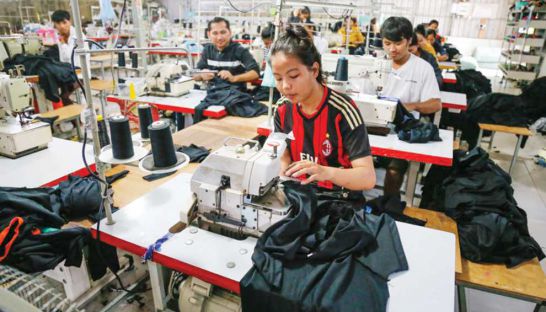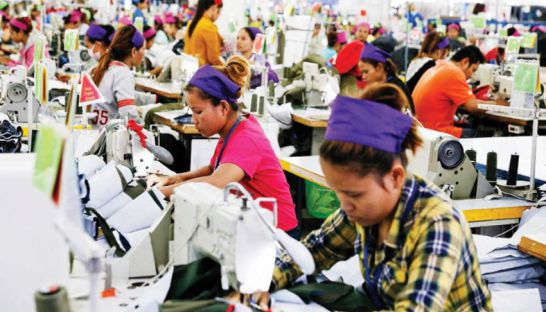Questions raised over garment statistics
Questions raised over garment statistics
While Cambodia’s garment sector exhibited solid growth last year, employment levels declined, raising concerns about a potential rise in unregulated subcontracting, the International Labour Organization (ILO) said in a report released yesterday.

In its sixth bulletin of the Kingdom’s garment sector, the ILO noted that while garment exports increased by 7.2 percent in 2016, the number of officially registered factories fell by 10.4 percent, and total workers declined by 2.9 percent.
The divergence between export growth and employment, according to the bulletin, could be combination of factors that include a rise in the industry’s productivity, statistical problems with measuring factory numbers, and increased production at subcontracting factories.
Regional ILO Director Maurizio Bussi said in a press release accompanying the report that the use of subcontracting could be a cause for alarm because these operations can hide from domestic and international scrutiny.
“A rise in employment and production in subcontracting factories could be a concerning development if subcontracting is being used as a way to undercut regulations, including the Labour Law and the minimum wage,” he said.
The report added that unlike registered exporting factories, subcontractors are not monitored by the ILO’s Better Factories Cambodia programme, and also may receive less attention from national enforcement agencies.
According to the ILO’s figures, which are obtained from the Ministry of Commerce (MoC), employment numbers in the sector fell to 602,129 last year, compared to 622,943 in 2015, representing a nearly 3 percent decline. There were 626 factories in operation as of end-2016, compared to 699 one year earlier.
The report added, however, that the analysis could be skewed due to a statistical recalibration that occurred in the middle of last year when the MoC updated its database and reclassified over 120 inactive garment and footwear factory entries as closed or suspended during the first quarter of 2016.
Newly approved investment into garment factories in 2016 also declined by 34 percent compared to the previous year, totalling $248 million in fixed assets.
“This made 2016 the fourth straight year in which the value of newly approved investments in the garment and footwear sector declined in Cambodia,” the report said.














